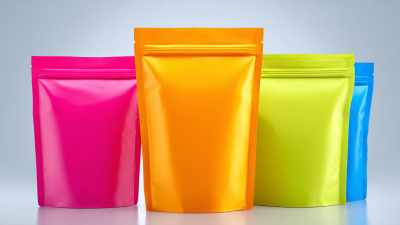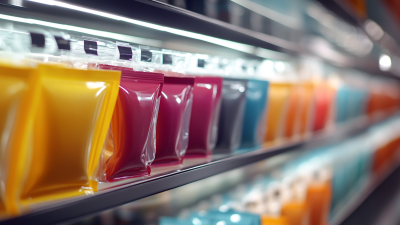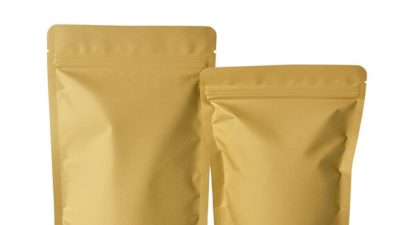- Phone:+86 15218629499
- Phone: +86 15766990063
- E-mail: Yzprinting01@163.com
In recent years, the packaging industry has witnessed a significant shift towards flexible packaging solutions, with Stand Up Pouches (SUPs) gaining remarkable popularity among manufacturers and consumers alike. According to a report from Grand View Research, the global flexible packaging market is projected to reach USD 500 billion by 2025, driven by the increasing demand for convenience and sustainability in product packaging. Stand Up Pouches are at the forefront of this trend, offering an innovative way to enhance product visibility, maintain freshness, and reduce waste.

The versatility of Stand Up Pouches makes them suitable for a wide range of products, from food and beverages to cosmetics and household goods. A study conducted by Allied Market Research indicates that the food segment is expected to dominate the market due to its ability to preserve perishable items effectively. As brands look to differentiate themselves and appeal to eco-conscious consumers, understanding the key factors in selecting the right Stand Up Pouches is essential for success. With the advent of advanced materials and printing technologies, businesses now have the opportunity to optimize their packaging strategies to meet market demands and consumer preferences.
When selecting stand up pouches for your product, the material choice is crucial and often depends on the nature of the contents. For instance, products that are sensitive to moisture, like powdered food items or certain pharmaceuticals, require materials such as polyethylene or foil laminates that provide excellent barrier properties. According to a report by Smithers Pira, the flexible packaging market is projected to grow to $300 billion by 2024, highlighting the increasing importance of effective packaging solutions.
Tip: Always consider the compatibility of your product with the pouch material to prevent interactions that could compromise quality. For instance, food products may benefit from pouches with food-safe certifications to assure consumers of their safety and quality.
Additionally, products that are commonly subjected to thermal processing, such as ready-to-eat meals, should be packaged in heat-resistant films. A recent study from Technavio forecasts that the global stand up pouch market will grow by over 5% annually through 2025, reflecting the rising demand for versatile and robust packaging.
Tip: Evaluate the specific conditions your product will face, such as temperature variations and exposure to light, to choose a material that can withstand these factors effectively. This way, you'll ensure that your product stays fresh and retains its desired quality along its journey from production to consumer.
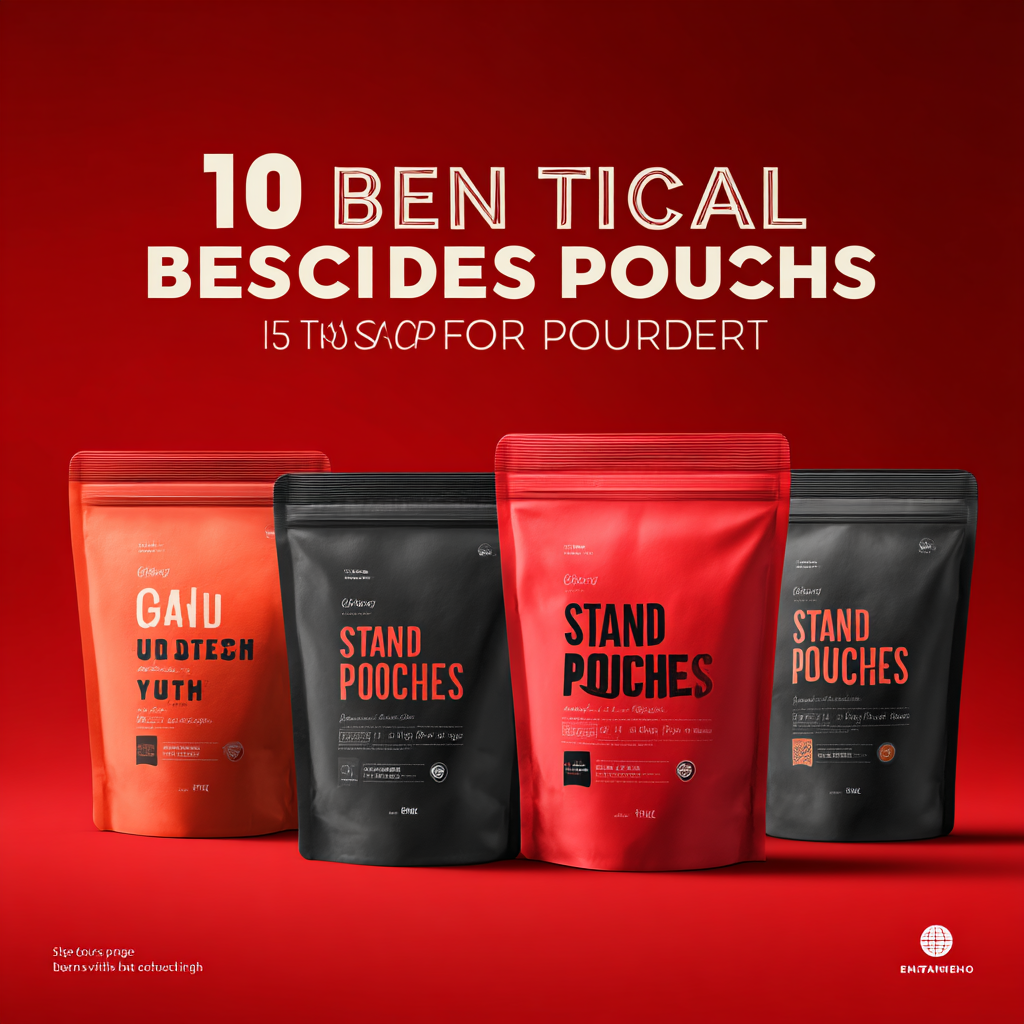
When selecting stand-up pouches for your product, understanding the barrier properties is crucial for maintaining freshness and extending shelf life. These properties refer to the pouch's ability to protect the contents from external factors such as moisture, oxygen, and light.
For instance, a pouch with high moisture barrier properties is essential for items like snacks or dried fruits, which could quickly spoil if exposed to humidity. By carefully choosing materials that meet the specific needs of your product, you can significantly enhance its quality and customer satisfaction.
Additionally, oxygen barrier plays a significant role in prolonging shelf life, especially for food products. Pouches with excellent oxygen barrier characteristics prevent oxidation, which can lead to rancidity and spoilage. This is particularly important for items like nuts, coffee, and pet food.
Understanding the interaction between product types and their packaging materials can help determine the best solution. By prioritizing the right barrier properties in your stand-up pouches, you can ensure that your products remain fresh and appealing to consumers throughout their intended shelf life.
When selecting stand-up pouches for your product, cost-effectiveness is a crucial factor that involves balancing quality with your budget. High-quality materials often translate to better durability and enhanced aesthetics, which can significantly impact the shelf life and appeal of your product. However, it's important to assess whether the materials you choose align with your budget constraints. Finding a middle ground where you do not compromise on essential quality while keeping costs manageable is key.
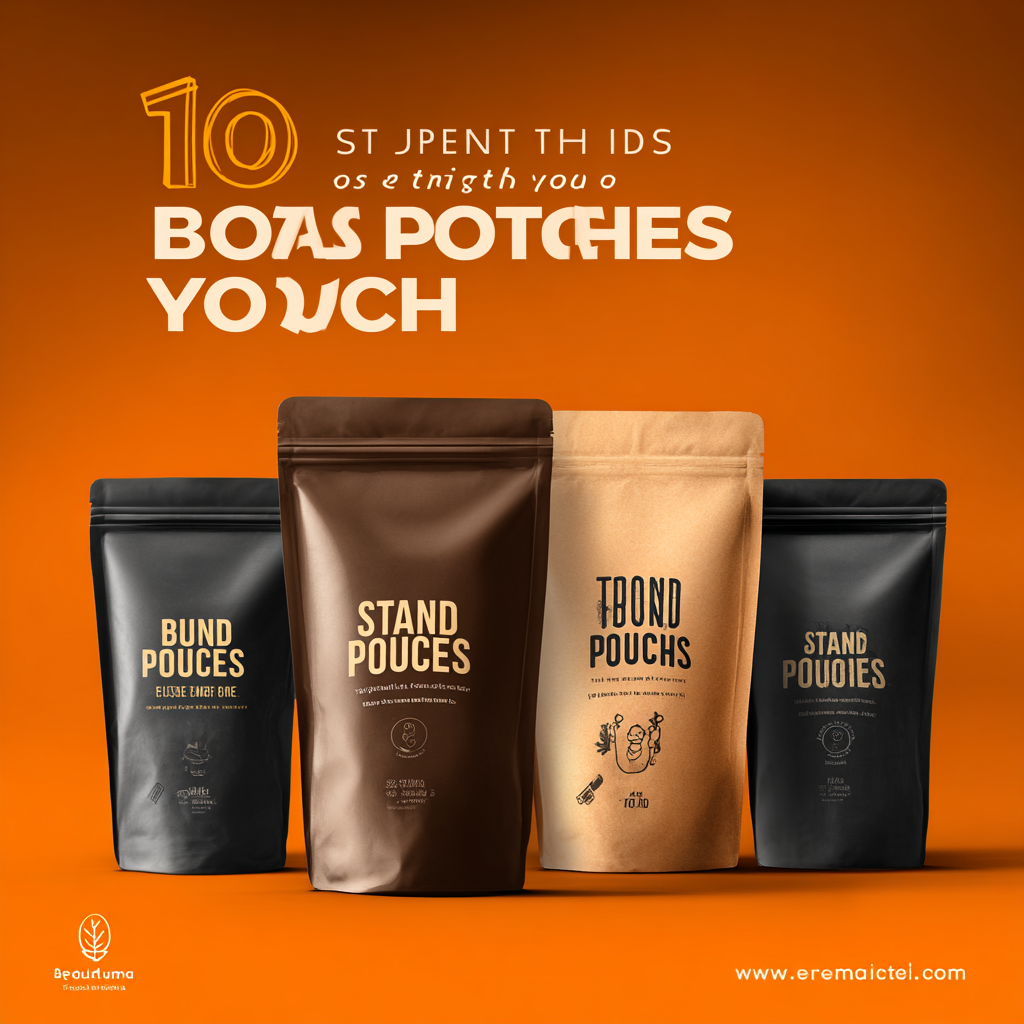
To achieve this balance, consider researching various suppliers to compare pricing and material options. Some materials may provide equivalent performance at a lower cost, which can help you reduce overall expenses without sacrificing product integrity. Additionally, bulk purchasing options can lead to discounts that make higher-quality materials more accessible. Evaluate the long-term benefits of investing in higher-quality pouches against the short-term savings of cheaper options, as a well-chosen pouch can enhance brand perception and customer satisfaction, ultimately contributing to higher sales.
When selecting stand-up pouches for your product, size and shape play a crucial role in enhancing visibility and appealing to consumers. According to a report by MarketsandMarkets, the global stand-up pouch market is projected to grow from USD 10.6 billion in 2020 to USD 13.9 billion by 2025, indicating a robust demand for packaging solutions that optimize shelf presence. An appropriately sized pouch not only accommodates the product effectively but also maximizes the use of retail space, which is vital in crowded environments. For example, a well-designed pouch may reduce unoccupied space on store shelves by 30%, ultimately driving higher sales.
Moreover, the shape of stand-up pouches can significantly influence consumer perception. Research from Packaging Strategies highlights that unique pouch shapes can increase product recall by 50%. A streamlined, contemporary design attracts consumers' attention, encouraging them to engage with the product. Additionally, specific features like clear windows and resealable tops can elevate the user experience. Brands should consider these aspects critically; a well-chosen size and shape not only enhance aesthetic appeal but also reinforce the product's functional benefits, thus leading to improved purchasing decisions.
| Product Type | Recommended Size (ml) | Shape | Material | Closure Type | Consumer Appeal (1-10) |
|---|---|---|---|---|---|
| Snack Food | 250 | Flat Bottom | PET/PE | Zipper | 8 |
| Coffee | 500 | Stand Up | Kraft Paper | Valve | 9 |
| Pet Food | 1000 | Flat Bottom | Foil | Zipper | 7 |
| Granola | 300 | Stand Up | PET/ALU/PE | Zipper | 8 |
| Protein Powder | 1200 | Stand Up | PET/NY/PE | Zipper | 9 |
In recent years, sustainability has become a primary focus for both consumers and brands, significantly influencing the packaging industry. According to a report by Smithers Pira, the market for sustainable packaging is expected to reach $500 billion by 2024. As more consumers seek eco-friendly options, choosing stand-up pouches made from biodegradable or recyclable materials becomes critical for brands aiming to meet these demands. Materials such as compostable films and recycled PET are gaining popularity, providing a dual benefit of shelf appeal and reduced environmental impact.
Furthermore, a study conducted by Nielsen indicates that approximately 66% of global consumers are willing to pay more for sustainable brands. This shift underscores the importance of incorporating sustainability into product design. Stand-up pouches made from eco-friendly materials not only help in reducing carbon footprints but also enhance brand loyalty among environmentally conscious shoppers. By prioritizing sustainable packaging options, businesses can align with consumer values while capitalizing on the growing trend of eco-responsibility, making the choice of the right stand-up pouch all the more crucial.
